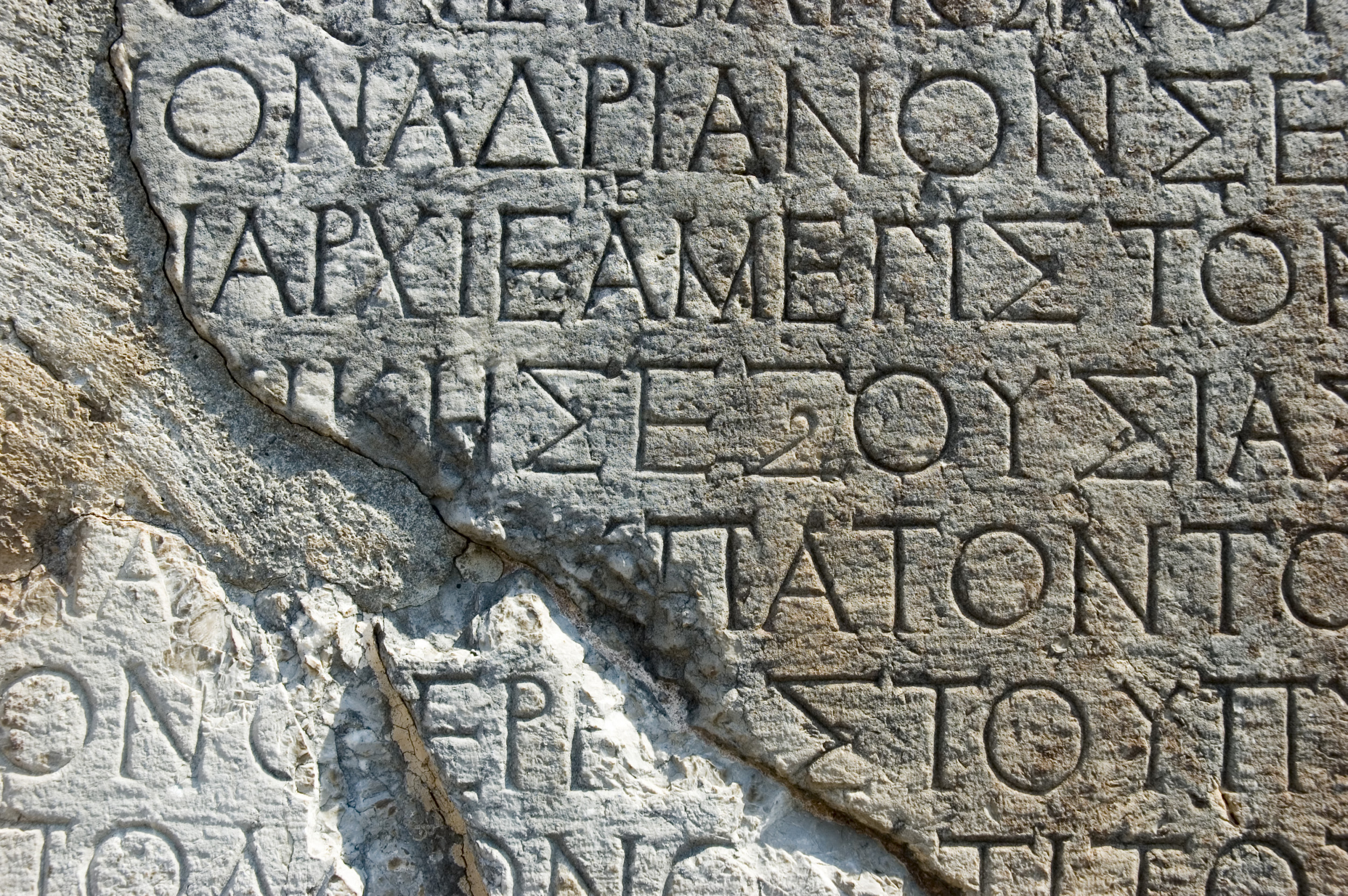科学家称,人工智能现在比人类更擅长破译受损的古希腊文本。一组研究人员创造了“第一个古代文本恢复模型”,他们称之为皮媞亚,并发现它可以预测丢失的单词,错误率约为30%,而人类碑文作者的错误率为57%。
来自英国牛津大学和DeepMind的研究小组开发了皮媞亚——以古希腊女祭司的名字命名,她是德尔菲的神谕——来“利用深层神经网络”从受损的文本中恢复缺失的字符
他们写道:“古代史依赖于金石学等学科,即对古代题写文献的研究,来证明有记载的过去。”。“然而,这些文字‘铭文’在几个世纪里经常被损坏,难以辨认的部分必须由被称为碑文学家的专家修复。”他们说,皮媞亚能比受过训练的人更有效地填补空白,有可能开拓数字金石学和古代文字修复领域。
“它的体系结构经过精心设计,能够处理长期的上下文信息,并有效地处理丢失或损坏的字符和单词表示,”该团队在预印本研究中写道这意味着它还没有被其他科学家同行评审。
研究人员认为,皮媞亚可以被用作一个协作工具,人工智能被用来缩小可能遗漏的单词——对人类来说这是一个极其耗时的文本——然后由一名作者接手并决定最佳匹配。
根据新科学家该小组教皮媞亚识别35,000件古希腊文物中的图案,这些文物有1,500到2,600年的历史。这包括超过300万字的不同表面,包括石头和陶瓷。人工智能还可以学习单词的上下文,以及铭文的布局。
在系统测试中,皮媞亚填补了近3000处受损碑文的空白。与人类破译文本相比,人工智能模型的错误减少了27%。它能在几秒钟内完成任务。学者们花了两个小时平均修复50处。
他们总结道:“机器学习和金石学的结合有可能对古代和现代题写文本文化的研究产生有意义的影响。”。“通过开放皮媞亚和[的加工管道,我们希望帮助未来的研究,并激发进一步的跨学科工作。”
剑桥大学古典文学系的菲利帕·斯蒂尔没有参与这项研究,他告诉记者新科学家人工智能可以帮助恢复项目。“在我看来,当...我们只是遗漏了一个长文本的一小部分,或者当一个新发现的片段文本有很多相似之处时,”她告诉杂志。

代表古希腊的股票照片。许多早期的文本已经被损坏,所以为了破译它们,学者们必须填补空白。英国的研究人员已经开发出一种人工智能模型,可以比人类做得更快更好。
AI HAS LEARNED TO DECIPHER DAMAGED ANCIENT GREEK TEXTS BETTER THAN HUMANS
Artificial intelligence is now better at deciphering damaged ancient Greek texts than humans, scientists have said. A team of researchers has created the "first ancient text restoration model," which they named Pythia, and found it could predict missing words with an error rate of around 30 percent, compared to 57 percent in human epigraphists.
The team of researchers, from the U.K.'s University of Oxford and DeepMind, developed Pythia—named for the ancient Greek priestess that served as the oracle of Delphi—to recover missing characters from a damaged text "using deep neural networks."
"Ancient history relies on disciplines such as epigraphy, the study of ancient inscribed texts, for evidence of the recorded past," they wrote. "However, these texts, 'inscriptions,' are often damaged over the centuries, and illegible parts of the text must be restored by specialists, known as epigraphists." Pythia, they say, can fill in the blanks more effectively than trained humans, potentially opening up the field of digital epigraphy and ancient text restoration.
"Its architecture is carefully designed to handle long-term context information, and deal efficiently with missing or corrupted character and word representations," the team wrote in a preprint study—meaning it has not yet been peer-reviewed by other scientists.
The researchers believe Pythia could be used as a collaborative tool, where the AI is used to narrow down the possible missing words—an extremely time-consuming text for humans—then an epigrapher takes over and decide the best fit.
According to New Scientist, the team taught Pythia to recognize patterns in 35,000 ancient Greek relics, which were between 1,500 and 2,600 years old. This included over three million words across various surfaces, including stone and ceramic. The AI could also pick up on the context of words, as well as the layout of the inscriptions.
In a test of the system, Pythia filled in the gaps of almost 3,000 damaged inscriptions. Compared to a human deciphering texts, the AI model made 27 percent fewer errors. It was able to complete the task in just a few seconds. The scholars took two hours to make an average of 50 restorations.
"The combination of machine learning and epigraphy has the potential to impact meaningfully the study of inscribed textual cultures, both ancient and modern," they conclude. "By open-sourcing Pythia, and [the] processing pipeline, we hope to aid future research and inspire further interdisciplinary work."
Philippa Steele, from the Faculty of Classics at the University of Cambridge, who was not involved in the study, told New Scientist that AI could assist in restoration projects. "It looks to me as though the highest success rates would be achieved when...we are just missing small parts of a long text, or when there are plenty of similar parallels for a newly discovered fragmentary text," she told the magazine.

Stock photo representing ancient Greek. Many early texts have been damaged so to decipher them, scholars must fill in the blanks. Researchers in the U.K. have developed an AI model that can do that faster and better than humans.






